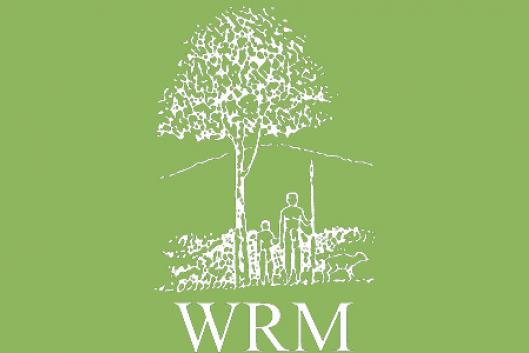Easter Island (Rapa Nui in Polinesian language) is famous worldwide for its anthropomorphic stone monuments and the enigmas surrounding them. But most people haven't heard about the island's environmental degradation and the consequences it had on the survival of its people.
Rapa Nui was populated around the 4th Century A.D. and the Polinesian immigrants found a richly endowed environment, with extensive forests dominated by palms (a relative of Chilean palm Jubea chilensis), toromiros (Sophora toromiro) and hau hau (Triumfetta semitriloba), with an accompanying diverse wildlife. Today the native palm tree doesn't exist any more (it became extinct around the year 1500). The toromiro -endemic to the island- almost disappeared completely and the trees that are being planted today are descendants from seeds gathered from the last toromiro before it died. Finally, there are only three hau hau trees remaining in the crater of one of the island's volcanoes. Most of the fauna also disappeared.
Today, Easter island is dominated by alien tree species, some planted (eucalyptus, acacias, casuarinas) and others invasive (guava, melia, etc.). There are very few birds, insects and other forms of living organisms. Local biodiversity is very scarce. The reasons for such intense process of biodiversity loss are probably complex, but the root cause was almost certainly the unsustainable use of resources, which finally led to social and environmental degradation.
When the Dutch encountered the island in 1722, they found it denuded of vegetation, devastated and populated by some 2000 people living in absolute poverty. Having no more trees to build boats, they had become prisoners in their own land. They then became enslaved and taken away from the island and by the mid-nineteenth century only 111 of them still survived.
Rapa Nui people are now trying to restore the social, cultural and environmental wounds which mark their history. Some of those wounds are, however, impossible to heal, such as in the case of all the plant and animal species that became extinct.
From a different perspective, Rapa Nui is a mirror of what can happen to our own island in space -the Earth- if currently prevailing production and consumption patterns are not drastically changed to adapt them to equitable and sustainable resource use. If change doesn't happen, future generations of survivors will perhaps discuss about the enigmas surrounding our present sky-scrapers, but will probably not be able to enjoy the biodiversity we yet have. We can still chose.
Article based on information from: Sierra, Malú, "Rapa Nui, un mundo aparte", Voces del Bosque 22, verano 2000
